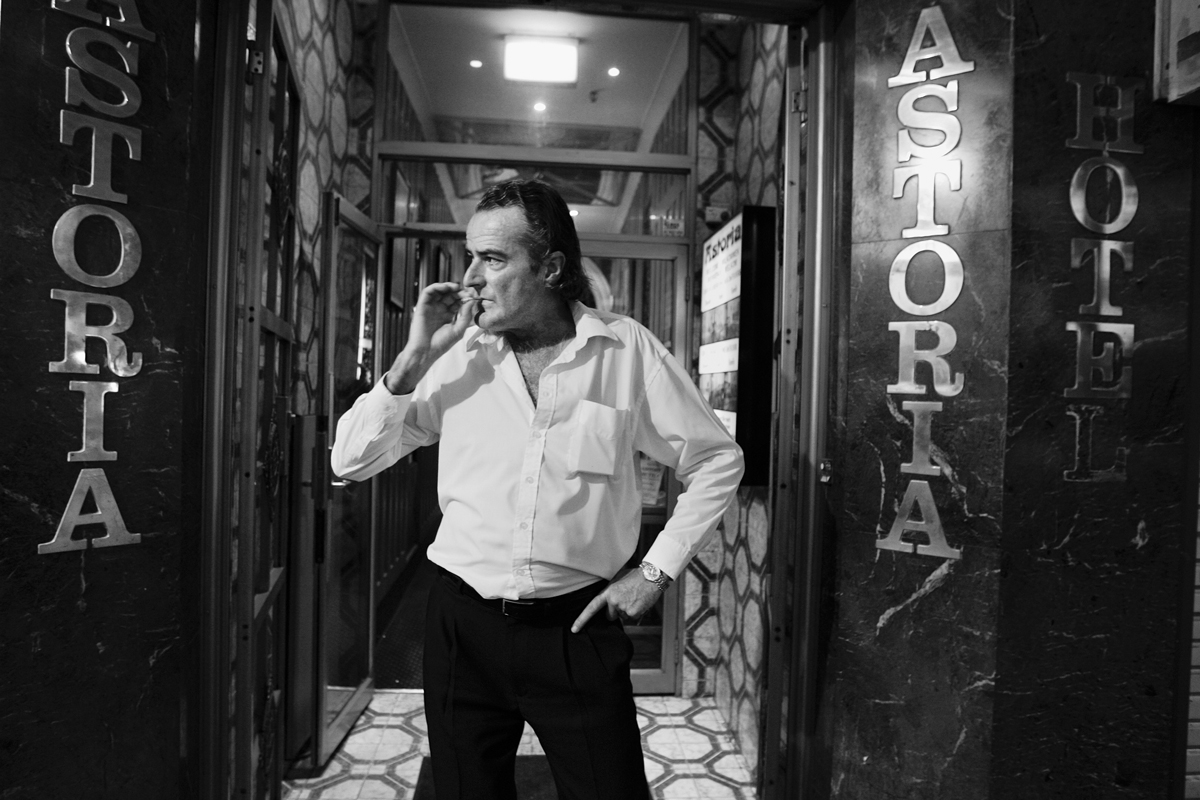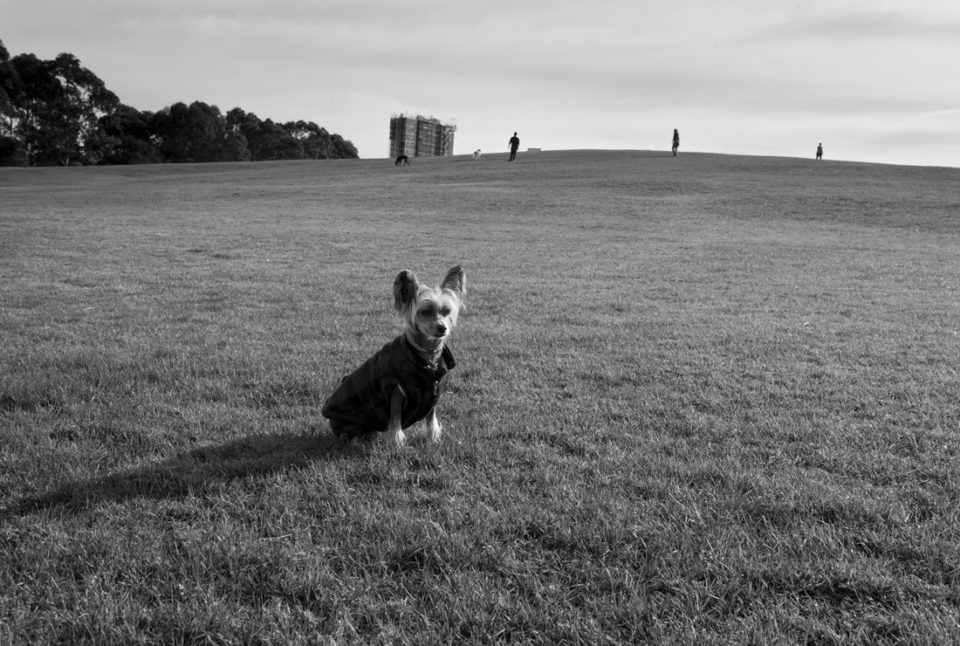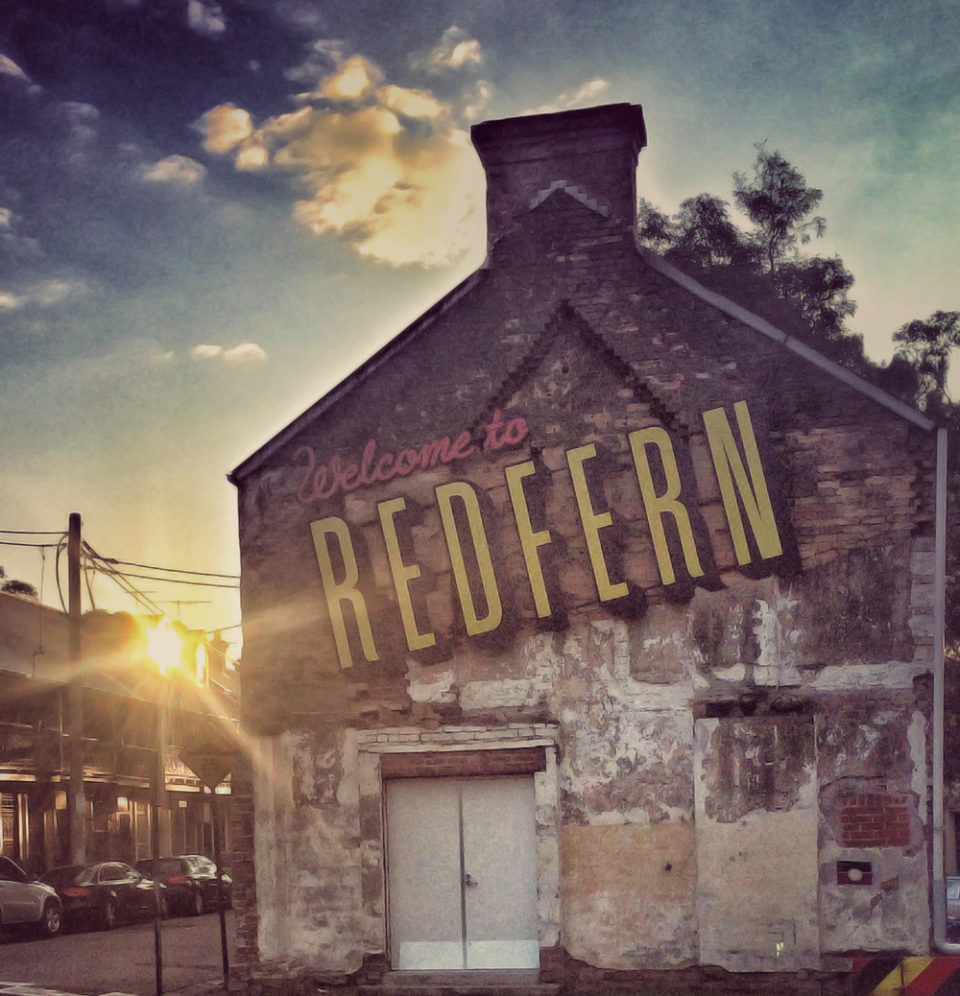Not many will argue that families moving into Kings Cross represent its decay, but as they do move in, there’s a clear dimming of the sleazy glow, of what Charles Bukowski thought of as the spirituality of red lights: “Degradation, black pimps, prostitution, are the flowers of the earth… it’s a liveliness.”*
Some recalcitrant locals think Kings Cross is mostly already gone. Edginess, they sneer, is young mums making husbands roll the cuffs on their chinos to show they’re not wearing socks at hipster cafes (fast becoming elderly hipster-replacement cafes) packed with North Shore downsizers. The ‘war on drugs’ became the ‘war on carbs’ and at 2am in the once murky Springfield Avenue, you’re more likely to spot a gym junkie scoring a breadstick than a heroin addict looking for a foil. And isn’t this a good thing?
Or could there be something to what Bukowski says? That degradation, pimps and hookers are the flowers of the earth? Who hasn’t felt eroticised danger in low-rent places where boundaries can be transgressed?
The council weren’t even kind enough to put the writing on the wall for Kings Cross. Its history has been written on little brass plaques, set into the pavement to be trampled under the cross-trainers worn by the gym goers and paleo-warriors, who are slowly overwhelming the drinkers, smokers and burn-the-candle-at-both-end makers. Dudded tourists wander past dozens of vacant shops, looking at the desperate spruikers – cash-in-hand pensioners in stained sloppy Joes on the day shift– loitering at empty doorways to sex clubs along the ‘world famous strip’.
On Saturday nights, a few girls lounge outside Porky’s in terry towelling bathrobes, shepherded by bored Tongan doorman, fantasizing they’re ‘living the life’. But like fat blokes at a health farm, the more the punters thin out around them, the clumsier they look; dinosaurs from a dark age pretending not to notice that the women carrying yoga mats and kale juice, represent pure evolution – with bodies the strippers would envy – sunshine butterflies to the night moths in their cellars.
What did we miss, tourists might ask after they’ve done a lap? Surely we missed something? Yes, you did miss something. But what was that something?
German cultural critic Walter Benjamin could have defined the demise of Sydney’s red-light district in the way he wrote of the demystification of great art. Once, aesthetes made pilgrimages to visit the Venus de Milo, its cultish aura partly determined by its unique existence in a specific place, and the way time and physical degradation marked it. A visit had the element of ritual. Venus’s cache was undermined when it appeared on a million tea towels, in a million places. Likewise, punters looking for porn stars stopped making rights-of-passage journeys to the seedy cellars of the Cross, where hearing some girl say from the doorway of The Astoria “wanna a headjob,” was part of the experience. Once porn streamed on a hundred million iPhones, no one needed to come, not even for ready sex, with brothels and happy-ending massage parlours now all through the suburbs. And as each element of the physical space of the Cross is destroyed, like Baron’s Tavern, the less collective access we have to the psychic resonance of history.
There’s nothing unique about this conversation. From New York to Copenhagen, former cheap-rent zones where fringe-dwellers fashioned a kind of Weimar glory, are being transformed by gentrification. Maybe Sydney doesn’t need a red-light district? But when it’s gone, just what is it we might lament? Or is the lamentation a romantic longing for the idea of a golden age of sleaze, a place you might long to visit, but if it was there, you never would? An idea of a place you think used to exist, but when you were there, you never knew you were in it?
Kings Cross disappeared twenty, thirty, forty years ago and will again, twenty years from now. “The inner Sydney I knew when I came down on the old steam North Coast Mail to go to university is there no longer. The Sydney of the Hasty Tasty and Vadims and Lorenzinis and the Hotel Australia and the Bondi trams…” wrote terminal sentimentalist Bob Ellis in 1979, and “…what remains of the ancient bohemian Cross…”.
The glow dome Satan put over this place still flares red from a distance, fuelled by decades of violence, drugs, the murkiness of bodies for sale. It all merges into a glittering halo of cultural memory, but like stars, the light seen from a distance is years old, its source already imploded, just a long sensual afterglow in the Eastern sky, to which a few stubborn revellers, might still set a compass by.
* From a collection of interviews the film director Barbet Schroeder shot with Charles Bukowski in preparation for making Barfly – view here.






